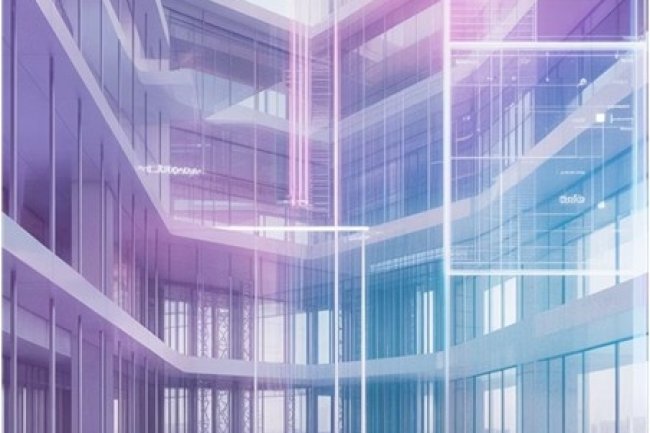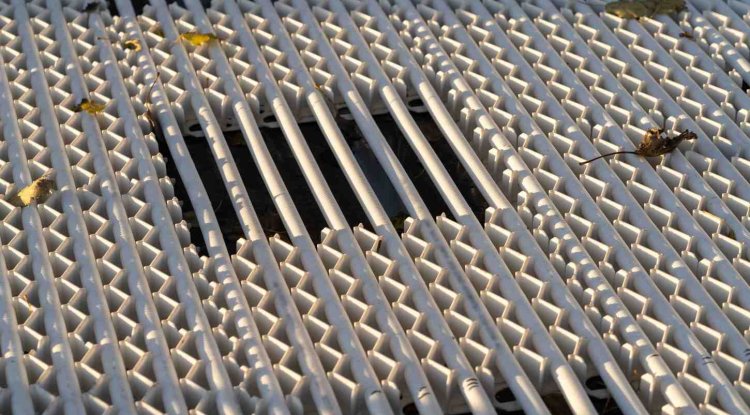Beyond Clash Detection: How AI Enhanced BIM Is Driving Predictive Construction Planning
Hey there, fellow construction enthusiast! Have you ever wondered how we're moving beyond simple clash detection in Building Information Modeling? I've been exploring how artificial intelligence is completely transforming the way we plan construction projects, and I'm excited to share these insights with you. AI isn't just enhancing BIM4 it's revolutionizing it, bringing improvements in efficiency and sustainability that were once just pipe dreams. Let's dive into this fascinating evolution together!

Leveraging AI for Truly Predictive Planning
|
Remember when we used to manually check for clashes and hope for the best? Those days are thankfully behind us! AI excels at exactly what humans sometimes struggle with: spotting patterns across massive datasets and making accurate predictions. What I find most exciting is how AI algorithms can now analyze historical project data to forecast potential delays or cost overruns before they happen. It's like having a crystal ball for your construction project. The supply chain management improvements alone have saved my recent projects countless hours and dollars. When your AI system can predict material needs weeks in advance and adjust for market fluctuations, you're set up for success from day one. |
|
Design Superpowers with AI Enhancement
|
|
Let me tell you about a recent hospital project where traditional clash detection would have missed crucial issues. Our AI system didn't just find obvious collisions—it identified functional clashes where systems would technically fit but couldn't be properly maintained or accessed. The AI suggested optimal routing for complex MEP systems that reduced material usage by 12% while improving maintenance accessibility. These aren't just minor improvements—they represent fundamental shifts in how we approach design.
73% Rework Reduction | 85% Clash Prediction Accuracy | 40% Design Time Reduction |
The economic impact is massive
|
McKinsey’s research suggests potential annual gains of $1.6 trillion from improved construction productivity. While manufacturing productivity has doubled in recent decades, construction has barely improved—but AI-enhanced BIM is changing that. These technologies offer real hope for solving global infrastructure challenges, from housing shortages to aging bridges and roads, with faster and more affordable solutions. Real-World Savings On my last major project, AI-optimized scheduling and material ordering reduced waste by 32% and shortened the timeline by 7 weeks, resulting in $2.3M in direct savings. |
|
When AI Meets Physical Construction: Robotics Revolution
The integration of AI with physical machines on construction sites still amazes me every time I see it in action. Imagine watching a robotic arm precisely place bricks according to the BIM model, or an autonomous vehicle delivering materials exactly where they're needed, exactly when they're needed.
Robotic Precision
I recently witnessed robotic arms installing complex curtain wall systems with millimeter precision. The robots worked continuously, reducing installation time by 60% while eliminating human error.
3D Printing
On an affordable housing project, AI-guided 3D printers constructed wall sections directly from BIM models. The system automatically adjusted for on-site conditions and material properties.
Aerial Surveillance
Drones now autonomously compare actual construction progress against BIM models, identifying discrepancies and updating digital twins in real-time.
Where Do We Go From Here?
|
|
Key Takeaways
I believe we're just scratching the surface of what's possible. As AI systems continue to learn from each completed project, their predictive capabilities will only improve. The construction industry—traditionally slow to adopt new technologies—is finally embracing digital transformation in meaningful ways. |
What's Your Reaction?




















